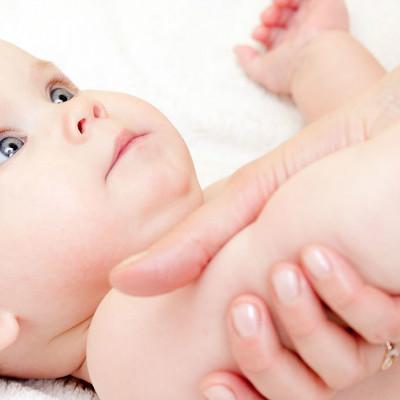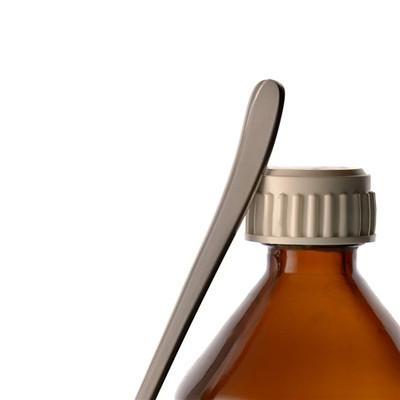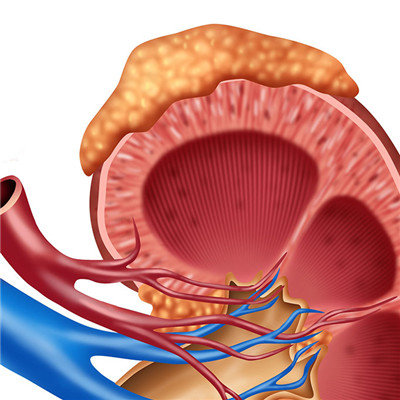What does paronychia symptom have
summary
Paronychia is very common in daily life. The main symptoms of paronychia are local redness, swelling and pain. There are waves in the redness and swelling area. It is easy to accumulate pus, but it is not easy to break by itself. It can induce phalangeitis, chronic osteomyelitis, etc. most of them have no systemic symptoms such as fever and leukocytosis. Paronychia does great harm to people. Understanding its symptoms is conducive to early detection, early treatment and early recovery. What are the symptoms of paronychia? Let's talk about it
What does paronychia symptom have
First, most of the symptoms of paronychia first occur on one side of the nail. The local skin tissue of patients with paronychia is red, swollen, painful, and purulent, which can spread to the nail root or the opposite side of the nail fold, forming hemispheric abscess and turning into paronychia or subungual abscess.

Secondly, patients with paronychia and basal separation, chronic, long course of disease. The symptoms of paronychia include mild swelling, pain, peeling of small nail skin, and a small amount of pus flowing out along the paronychia, which is also a common symptom of paronychia. In patients with paronychia, the edge of nail and paronychia become black, and can gradually produce nodular or mushroom shaped prominent inflammatory granulation tissue, from time to time secrete pus, easy to scratch bleeding.
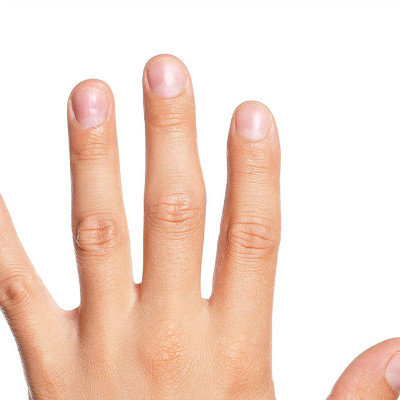
Later, the symptoms of paronychia are that part of the nail is destroyed, the nail is deformed and reduced, there are longitudinal ridges or transverse grooves on the nail, and pus sneaks under the nail. In patients with severe paronychia, sometimes the nails can loose and fall off. In patients with acute paronychia, one nail is usually involved, while in patients with chronic paronychia, all nails are involved.
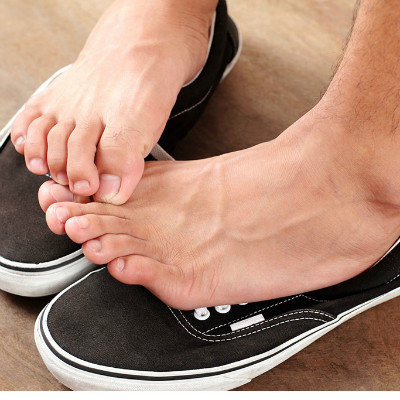
matters needing attention
Conservative treatment of paronychia can use antibiotics, urea ointment, anti-inflammatory analgesic treatment. In addition, silver nitrate can also be used to treat paronychia. Cefaclor and roxithromycin are commonly used in the treatment of paronychia. However, antibiotics have many side effects, especially for children.



